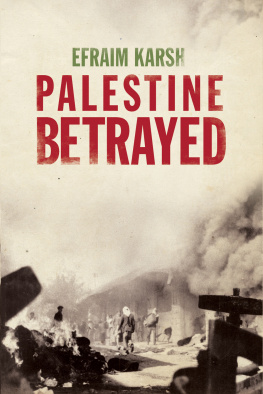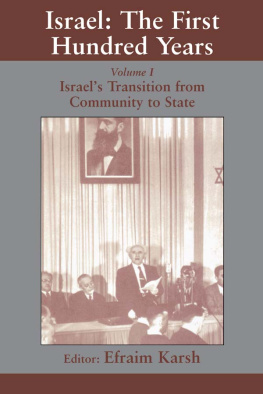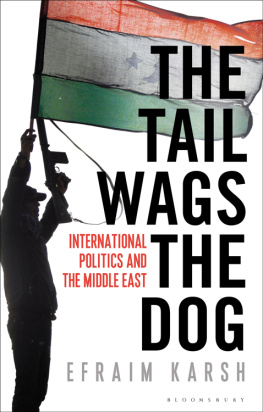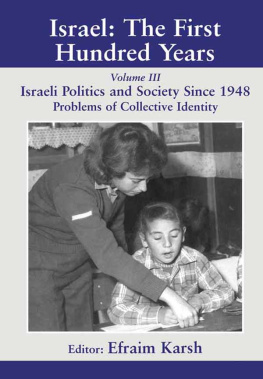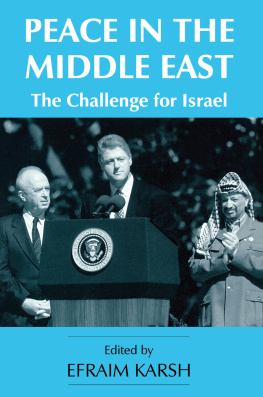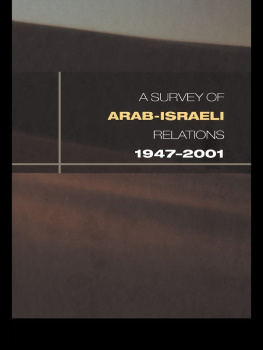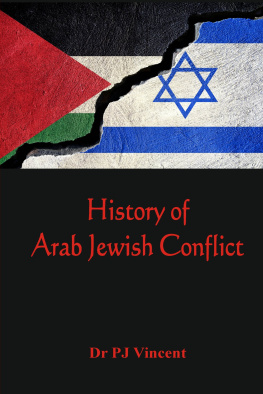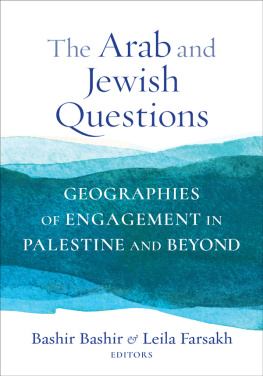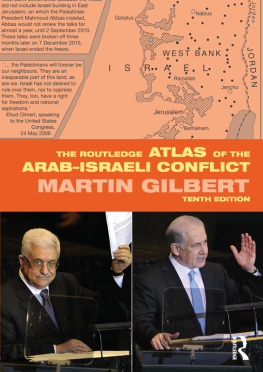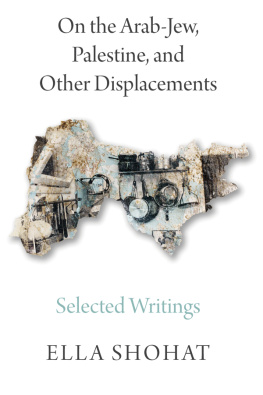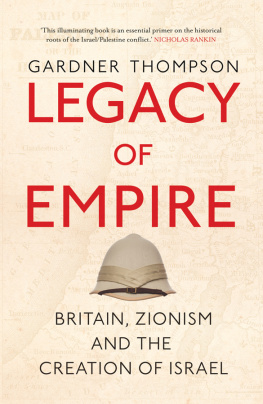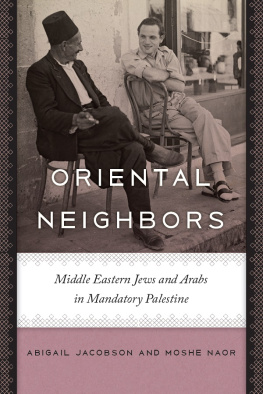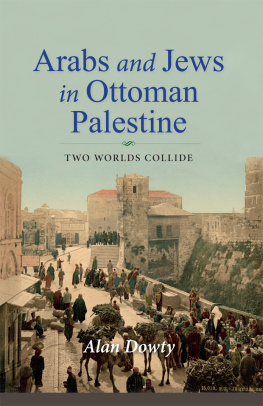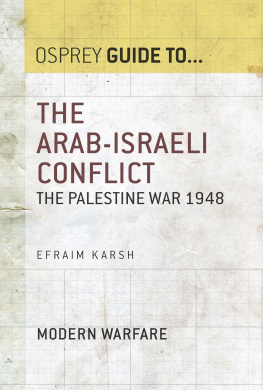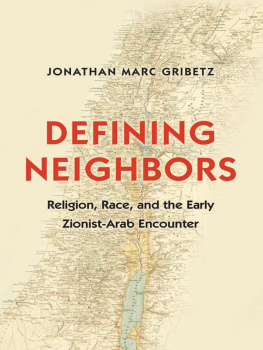PALESTINE BETRAYED
PALESTINE BETRAYED
EFRAIM KARSH
YALE UNIVERSITY PRESS
NEW HAVEN AND LONDON
Copyright 2010 Efraim Karsh
All rights reserved. This book may not be reproduced in whole or in part, in any form (beyond that copying permitted by Sections 107 and 108 of the U.S. Copyright Law and except by reviewers for the public press) without written permission from the publishers.
For information about this and other Yale University Press publications, please contact:
U.S. Office: sales.press@yale.edu www.yalebooks.com
Europe Office: sales@yaleup.co.uk www.yaleup.co.uk
Set in Garamond by IDSUK (DataConnection) Ltd
Printed in Great Britain by TJ International Ltd, Padstow, Cornwall
Library of Congress Cataloging-in-Publication Data
Karsh, Efraim.
Palestine betrayed/Efraim Karsh.
p. cm.
Includes bibliographical references and index.
ISBN 9780300127270 (cloth:alk. paper)
1. PalestineHistoryPartition, 1947. I. Title.
DS126.4. K245 2010
956.94'04dc22
2009040202
A catalogue record for this book is available from the British Library.
10 9 8 7 6 5 4 3 2 1
I N MEMORY OF E LIAS K ATZ (190147) AND S AMI T AHA (191647), VICTIMS OF THEIR QUEST FOR A RAB -J EWISH COEXISTENCE
Contents
Illustrations and Maps
1 Balfour Declaration.
2 Chaim Weizmann, 1938.
3 King Abdullah, 1921. Photograph by American Colony.
4 Mufti Muhammad Amin Husseini, 1940.
5 Arab dignitaries at the kibbutz Hulda, 1937. Photograph by Kluger Zoltan.
6 Elias Sasson, 1961. Photograph by Moshe Pridan.
7 Protest march against the White Paper, Tel Aviv, 1940. Photograph by Kluger Zoltan.
8 Clement Attlee and Ernest Bevin at a conference to discuss the partition of Palestine, London, 1946. Time Life Pictures/Getty Images.
9 Hagana ship disembarking illegal immigrants at Netanya, 1939. Photograph by Pinn Hans.
10 Jewish immigrants on the Exodus 1947. Photograph by Pinn Hans, 1947.
11 Golda Meyerson shaking hands with Moshe Shertok, 1948. Photograph by Shershel Frank.
12 David Ben-Gurion.
13 Abdel Rahman Azzam, 1947. Time Life Pictures/Getty Images.
14 Tel Aviv residents celebrating the UN decision to partition Palestine, 1947. Photograph by Pinn Hans.
15 Jerusalem shopping center torched, 1947. 2005 Topfoto.
16 Arab League delegates at the Waldorf-Astoria, New York, 1947. 2003. Topham/AP.
17 Fawzi Qawuqji, Palestine, 1948. Time Life Pictures/Getty Images.
18 Hagana instructors course at Pinat Hashomer, 1938. Photograph by Kluger Zoltan.
19 Street in the captured port of Jaffa, 1948. 2006 TopFoto.
20 Abdel Qader Husseini.
21 Ben-Gurion reading Israels Declaration of Independence, 1948. Photograph by Kluger Zoltan.
22 Egyptian bombing of Tel Aviv, 1948. Photograph by Shershel Frank.
23 Jerusalem residents lining up for water, 1948. Photograph by Pinn Hans.
24 Count Folke Bernadotte visiting Moshe Shertok at Hakirya, 1948.
25 Prisoners in Ramle after the surrender, 1948. Photograph by Eldan David.
26 Battle for Beersheba. Photograph by Mendelson Hugo.
27 Jews and Arabs in a Nazareth caf, 1948.
28 Arab talking to Jewish members of kibbutz Negba, 1948.
29 Arabs fleeing from their villages, Galilee, 1948. Photograph by Eldan David.
30 Yasir Arafat and Yitzhak Rabin, 1993. Getty Images.
Unless otherwise acknowledged all pictures are courtesy of the State of Israel Government Press Officce.
Acknowledgments
I would like to thank my departmental colleague, Professor Rory Miller, who not only read the entire manuscript but has also been my toughest critic, improving my ideas and saving me from not a few mistakes. I am grateful to my son, Matan, for indispensable research assistance at the Israeli archives, and to the two anonymous readers for their useful suggestions. Professor Moshe Brawer of Tel Aviv University graciously read the Appendix and suggested revisions and amendments. Heather McCallum at Yale University Press has provided her usual guidance and expertise. Needless to say, responsibility for any errors that may remain is mine and mine alone.
Last but not least, I would like to extend my gratitude to Roger and Susan Hertog, without whose generosity and support this book would never have been written.
Introduction
There is no place in Palestine for two races. The Jews left Palestine 2,000 years ago, let them go to other parts of the world, where there are wide vacant places.
Hajj Amin Husseini, 1936
We do not wish and do not need to expel Arabs and take their place. All our aspiration is built on the assumption proven throughout all our activity in the Land of Israel that there is enough room in the country for ourselves and the Arabs.
David Ben-Gurion, 1937
On November 29, 1947, the United Nations General Assembly passed a resolution calling for the partition of Palestine into two independent states one Jewish, the other Arab linked in an economic union. The city of Jerusalem was to be placed under an international regime, with its residents given the right to citizenship in either the Jewish or the Arab state. Thirty-three UN members supported the resolution, thirteen voted against, and ten abstained, including Great Britain, which had ruled Palestine since the early 1920s under a League of Nations mandate.
For Jews all over the world, this was the fulfillment of a millenarian yearning for national rebirth in their ancestral homeland. For Arab political and intellectual elites, it was a shameful surrender of (a however minute) part of the perceived pan-Arab patrimony to a foreign invader. In Jewish localities throughout Palestine crowds danced in the streets. In the Arab capitals there were violent demonstrations. We are happy and ready for what lies ahead, the prominent Zionist official and future Israeli prime minister Golda Meyerson (Meir) told thousands of revelers in Jerusalem. Our hands are extended in peace to our neighbors. Both States can live in peace with one another and cooperate for the welfare of their inhabitants.
To this, however, the response of the Arab Higher Committee (AHC), the effective government of the Palestinian Arabs, headed by the militant ex-Mufti of Jerusalem, Hajj Amin Husseini, was an all-out war. In the five-and-a-half months between the passing of the UN resolution and the end of the British mandate, the former Muftis forces, assisted by a sizeable pan-Arab irregular army, carried out thousands of attacks on their Jewish neighbors in an attempt to prevent them from establishing their state. This failed, and by the time the last British high commissioner for Palestine, General Sir Alan Cunningham, left the country and the state of Israel was proclaimed on May 14, 1948, Palestinian Arab society had all but disintegrated, with 300,000340,000 of its members fleeing their homes to other parts of Palestine and to the neighboring Arab states.
A concerted attack by the regular Arab armies on the nascent Jewish state within hours of its proclamation proved equally counterproductive. Rather than drive the Jews into the sea, as promised by the Arab Leagues secretary-general, Abdel Rahman Azzam, the assault served to confirm Israels independence within wider boundaries than those assigned by the partition resolution, albeit at the exorbitant human cost of 1 percent of its population, and raised the number of refugees to about 600,000 nearly half the countrys Arab population.
Yet nowhere at the time was the collapse and dispersion of Palestinian Arab society al-Nakba, the catastrophe, as it would come to be known in Palestinian and Arab discourse described as a systematic dispossession of Arabs by Jews. To the contrary: with the partition resolution widely viewed by Arab leaders throughout the region as Zionist in inspiration, Zionist in principle, Zionist in substance, and Zionist in most details (in the words of the Palestinian academic Walid Khalidi), and with those leaders being brutally candid about their determination to subvert it by force of arms, there was no doubt whatsoever as to which side had instigated the bloodletting and the attendant defeat and exodus. As Sir John Troutbeck, head of the British Middle East Office in Cairo and no friend of Israel or the Jews, discovered to his surprise during a fact-finding mission to Gaza in June 1949:
Next page
